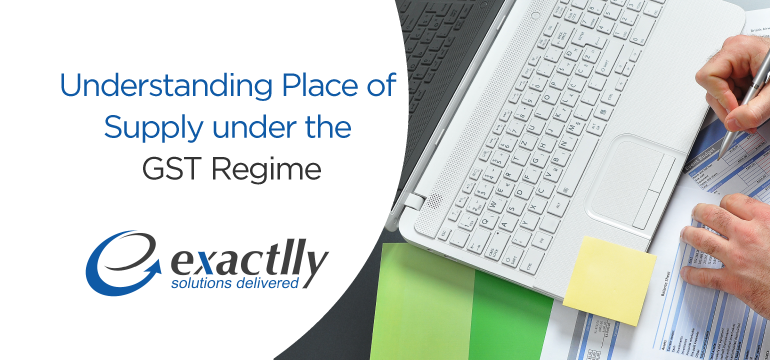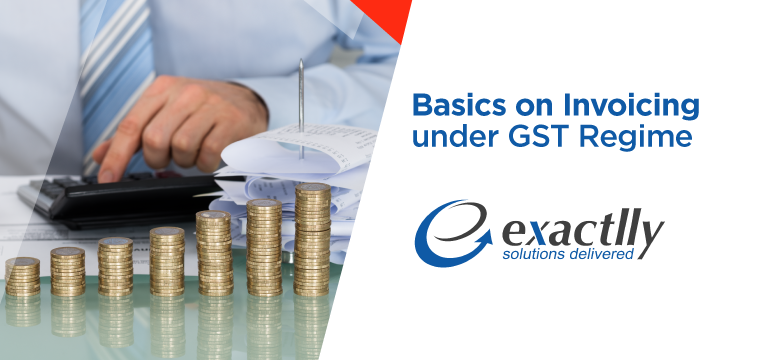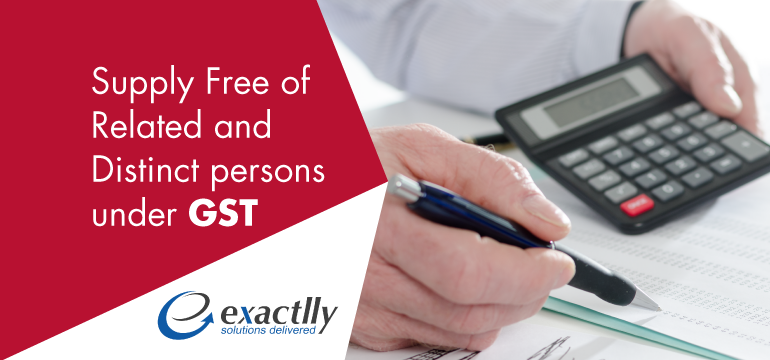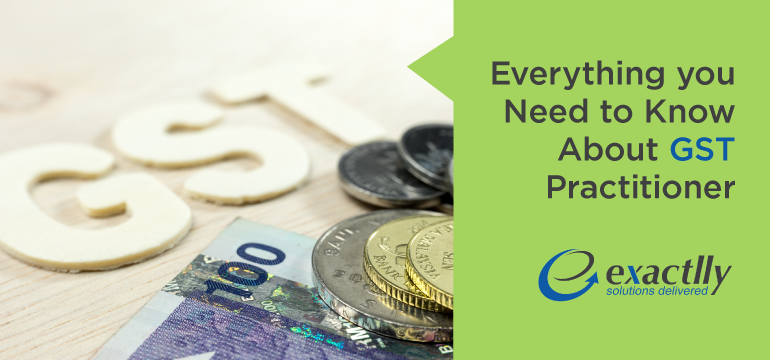Time of Supply for Goods on Forward Charge under GST
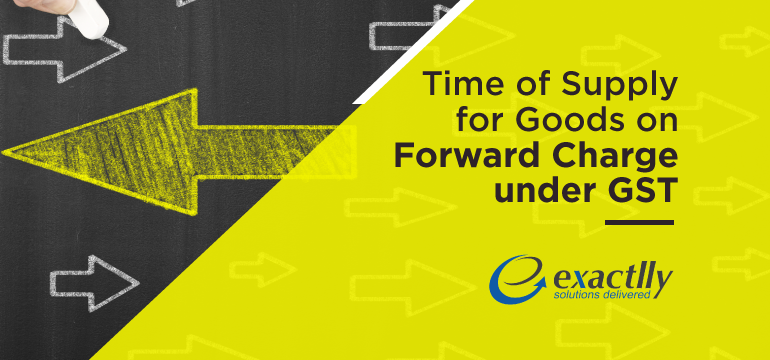
The point of taxation mechanism is used to ascertain the exact point in time when a tax liability arises on a good or service, and the point therefore when the tax liability is required to be paid, either by the buyer or the supplier of the good or the service. This depends on whether there is a forward charge or a reverses charge.
Under the current indirect tax regime, there are various points of taxation for the various taxes as follows-
-
Central Excise –
In the case of manufacturing of goods, the liability for payment of excise duty arises when the goods are removed from the excise unit itself. In case goods were manufactured on May 28, 2016, and removed from the unit for sale on June 5, 2016, then the excise liability shall arise on June 5, 2016.
-
Service Tax –
In the case when services are rendered, the tax will be paid on the earlier of the following dates – either the date on which the payment was received or the date on which the invoice was issued.
-
VAT / CST –
in the case of the sale of goods, the tax arises upon the very sale of the goods which may be on either an intrastate or interstate basis.
Under the GST regime, the supply of goods or services becomes a taxable event. Therefore, the point when such goods or services are supplied is ascertained by the time of supply provisions. We can understand the time of supply on goods by way of the following mechanisms –
Reverse Charge on the supply of goods (which has been previously discussed)
-
Forward Charge on the supply of goods –
Under this mechanism, the supplier is liable to levy and remit the tax to the credit of the government (either the state or central). Under the current indirect tax regime, most transactions use this mechanism for the collection of tax. This mechanism is also known as the Direct Charge Mechanism.
For example, F&M Clothing sells textile bundles amounting to INR 10,000 to Lara Fashion and collects VAT on the transaction at 14.5%. Such VAT collected falls under the forward charge mechanism.
Tax liability is payable vide the CGST, SGST and IGST on the earliest of the following dates –
- The date on which the supplier issues the invoice in case of considering the date of the invoice of the goods;
- The last date on which the supplier is mandated to issue the invoice pertaining to the goods in case of considering the due date of issuing the invoice. Additionally, if there is the movement of goods involved, then the invoice must be issued when the goods are being removed else, the time at which the goods are delivered to the recipient is considered.
- The date on which payment has been received in case of considering the receipt of payment. Further, the point of taxation shall be the earlier of the two – the date on which the payment was either recorded in the books of accounts or the date on which the payment was credited to the bank in case of considering the date of payment.
Let us take the following illustrations to understand these situations better –
- If the date of the invoice is August 20, 2017, the date of receiving the payment was September 10, 2017, then the time of supply shall be August 20, 2017, as the time of supply of the goods will be the earlier of the two considering the date of issue of the invoice and the date of receipt of the payment.
- If the date of the invoice is October 5, 2017, the date of receiving the payment was September 25, 2017, then the time of supply shall be September 25, 2017, as the time of supply of the goods will be the earlier of the two considering the date of issue of the invoice and the date of receipt of the payment.
- If the date of the invoice is October 10, 2017, the date of receiving the payment as per the accounts books was September 29, 2017, and the date on which the amount was credited to the bank was October 3, 2017, then the time of supply shall be September 29, 2017, as the time of supply of the goods will be the earlier of the two considering the date of issue of the invoice and the date of receipt of the payment. Further, the receipt of the payment will be the earlier of the two considering the date on which the payment was recorded in the accounts books and the date on which the amount was credited to the bank.
- If the date of the invoice is October 10, 2017, the date of receiving the payment as per the accounts books was October 5, 2017, and the date on which the amount was credited to the bank was September 30, 2017, then the time of supply shall be September 30, 2017, as the time of supply of the goods will be the earlier of the two considering the date of issue of the invoice and the date of receipt of the payment. Further, the receipt of the payment will be the earlier of the two considering the date on which the payment was recorded in the accounts books and the date on which the amount was credited to the bank.
- If the date on which the goods were removed for supply on September 25, 2017, and the payment was received on October 5, 2017, then the time of supply of the goods shall be September 25, 2017. Here, the date of issue of the invoice is unavailable and therefore, the time of supply will be the earlier of the two dates considering the date of issue of the invoice and the date of receipt of the payment. The last date on which the invoice may be issued shall be the date of removal of the goods in case the supply of the goods involves movement of the goods.
Exactlly Software is one of the industry leaders on ERP. So if you want to know more feel free to Contact Us and get a Free Demo.




